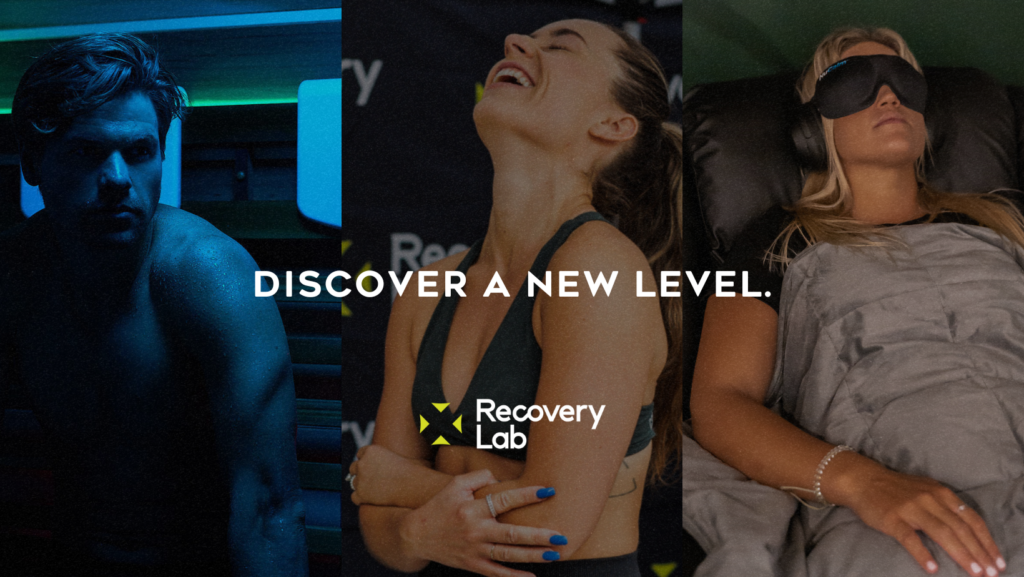Non-Sleep Deep Rest (NSDR): Understanding the Benefits and Best Practices
In our fast-paced world, stress and sleep disturbances are common. This is where Non-Sleep Deep Rest (NSDR) comes into play. NSDR is a state of profound relaxation that mimics some aspects of deep sleep but doesn’t involve actual sleeping. This blog post delves into the benefits of NSDR, best practices for achieving this state, and the role of tools like NuCalm in facilitating NSDR.
Understanding NSDR
NSDR refers to techniques that guide the body into a state of deep relaxation, akin to the restorative stages of sleep. This is crucial because, during deep sleep, our bodies undergo repair and recovery processes. NSDR aims to replicate these benefits while the individual remains awake.
Benefits of NSDR
- Stress Reduction: NSDR can significantly lower cortisol levels, the body’s primary stress hormone, thus helping in stress management. Cortisol Regulation: NSDR can help in reducing cortisol levels. Cortisol, known as the stress hormone, is beneficial in small bursts but harmful when chronically elevated. Techniques like deep breathing in NSDR can activate the parasympathetic nervous system, countering the stress response and lowering cortisol levels. Study Insights: A study published in the “Journal of Alternative and Complementary Medicine” found that relaxation practices can significantly reduce cortisol levels, which is a marker of reduced stress.
- Improved Sleep Quality: Regular practice of NSDR can enhance the quality of sleep, making it easier to fall asleep and improving sleep depth. Brain Wave Modulation: NSDR techniques like meditation can shift brain activity from higher frequency waves (associated with wakefulness) to lower frequency waves, similar to those in deep sleep. This transition can improve overall sleep quality. Research Evidence: Research in the field of sleep medicine indicates that relaxation techniques can improve sleep onset latency (the time it takes to fall asleep) and increase deep sleep phases.
- Enhanced Cognitive Functions: NSDR can boost memory, creativity, and problem-solving abilities by allowing the brain to rest and recover. Neural Connectivity: NSDR practices like mindfulness meditation have been shown to enhance neural connectivity in brain regions associated with memory and executive functioning. Scientific Findings: A study in the “Journal of Cognitive Enhancement” suggests that regular meditation and deep relaxation can lead to improvements in attention, memory, and processing speed.
- Emotional Regulation: It aids in managing emotions, reducing anxiety, and fostering a sense of calm. Amygdala Response: NSDR can reduce activity in the amygdala, the brain’s fear and emotion centre, leading to better emotional regulation. Clinical Research: Studies have shown that relaxation techniques can be effective in reducing symptoms of anxiety and depression, as reported in the “American Journal of Psychiatry
- Physical Recovery: NSDR supports physical recovery, similar to deep sleep, by facilitating cellular repair and muscle recovery. Promotion of Cellular Repair: During deep restful states, the body can focus more on repair and maintenance processes, including protein synthesis and cell regeneration. Supporting Studies: Research in sports science indicates that relaxation and restorative practices can accelerate muscle recovery and reduce fatigue.
Best Practices for NSDR
- Regular Practice: Consistency is key. Aim for a daily practice, even if it’s for a short duration.
- Comfortable Environment: Choose a quiet, comfortable space where you won’t be disturbed.
- Body Position: Lie down or sit in a comfortable position. The goal is to reduce physical strain.
- Breathing Techniques: Use slow, deep breathing to initiate relaxation.
- Guided Imagery or Meditation: Guided sessions can effectively lead you into a deep state of relaxation.
The ideal time to aim for Non-Sleep Deep Rest (NSDR) each day can vary depending on individual needs and lifestyles. However, as a general guideline, aiming for about 20 to 30 minutes per day can be highly beneficial. This duration is long enough to allow the body and mind to enter a deep state of relaxation, which can trigger the restorative processes akin to those in deep sleep.
Key Considerations for NSDR Duration:
- Individual Differences: Some may find significant benefits from shorter sessions (even 10 minutes), especially if they are just beginning or have a very busy schedule.
- Depth of Relaxation: More important than the length of time is the quality of relaxation achieved. Even a shorter period of deep relaxation can be profoundly restorative.
- Practicality and Consistency: It’s better to have a shorter, daily practice that fits into your schedule easily than to aim for longer sessions that are hard to maintain regularly.
Optimising NSDR Practice:
- Regular Routine: Try to incorporate NSDR into your daily routine at a time when you are least likely to be disturbed, such as early morning or before bed.
- Gradual Increase: If you’re new to NSDR, start with shorter durations and gradually increase as you become more comfortable with the practice.
- Combining Techniques: You might find that combining NSDR with other relaxation techniques, like deep breathing or mindfulness, enhances its effectiveness.
NuCalm and NSDR
NuCalm is a technology designed to facilitate the NSDR experience. It uses a combination of biochemistry and neurophysiology to encourage relaxation and recovery.
How NuCalm Works
- Bio-Signal Processing Discs: These discs are placed on the left wrist and send signals to activate the body’s natural relaxation response.
- Neuroacoustic Software: This software delivers specific sound frequencies to slow brain wave function, guiding the mind to a state of deep relaxation.
- Eye Mask: Blocking out light helps to deepen the relaxation experience.
Benefits of Using NuCalm
- Accessibility: NuCalm provides an easy and accessible way to achieve NSDR, especially for those who find it hard to relax or meditate.
- Enhanced Effectiveness: The technology enhances the depth and speed of reaching a state of deep relaxation.
- Scientifically Validated: NuCalm’s approach is backed by neuroscience and research, ensuring its effectiveness.
Conclusion
Incorporating NSDR into your daily routine can be a game-changer for mental, emotional, and physical health. Tools like NuCalm can significantly enhance the experience, making deep relaxation more accessible and effective. By dedicating time to NSDR, you’re investing in your overall well-being, allowing your body and mind to recover and rejuvenate. Remember, the journey to wellness is continuous, and practices like NSDR are vital in maintaining balance in our lives.







